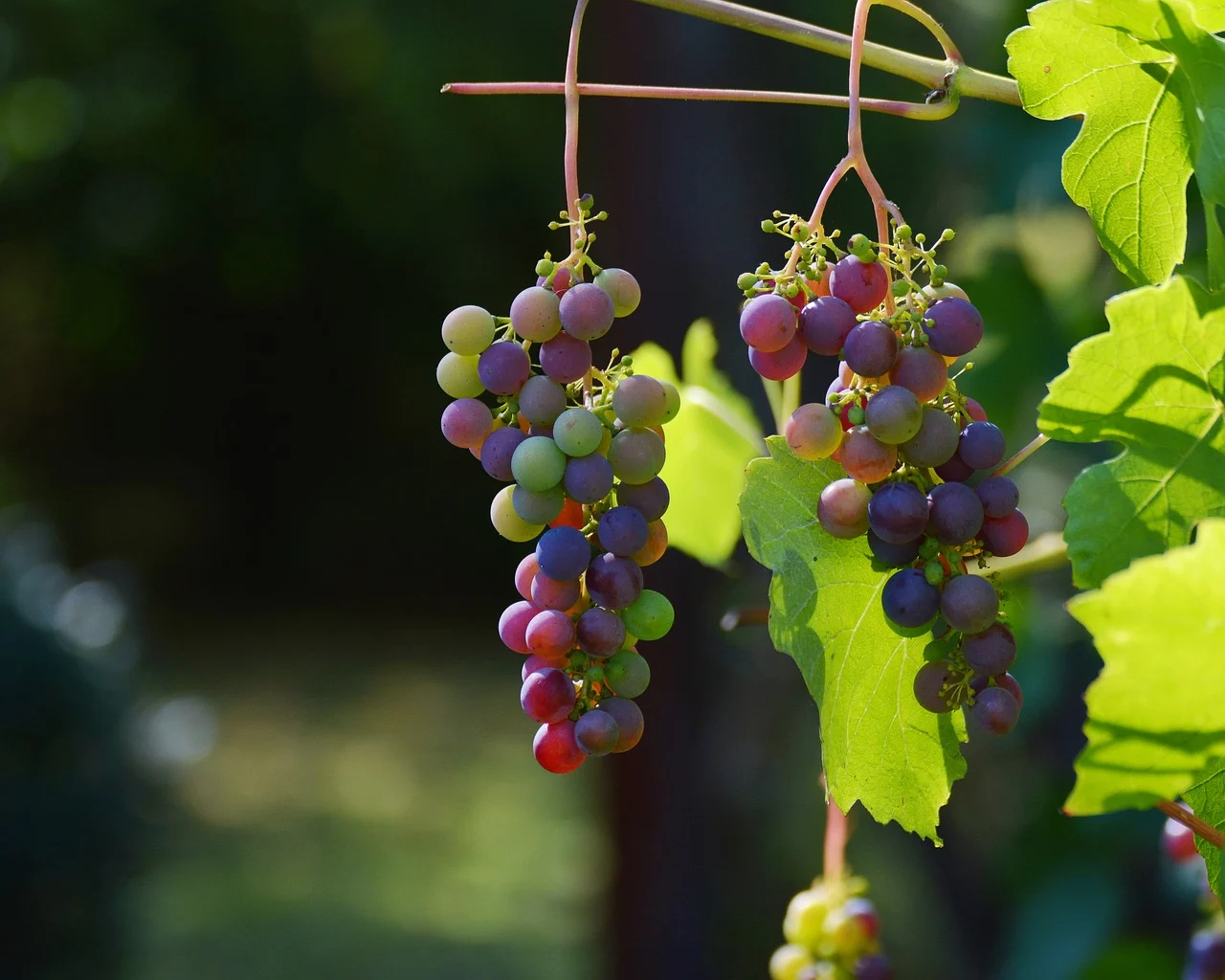
Who says vines cannot bear fruit if planted in pots. As long as the nutritional needs are met, grapes are also able to bear fruit optimally. Grapes or grape are a type of fruit that originated from the Middle East, Mesopotamia to be precise — now Iraq. Grapes have been cultivated since 4,000 BC. Generally, wine is widely used for body warming drinks (wine), processed into raisins (dry grapes), or consumed directly as fresh fruit.
The vines grew vines. Its growth ability can reach 15 meters. The taste types of grapes are sweet and sour. The shape of the grapes is generally round and oval with smooth skin that is red or dark red, blackish blue, yellowish white, and whitish green. Generally, the widely cultivated grape varieties are Vitis vinevera and Vitis labrusca.
Grapes are very suitable for cultivation in dry climates with temperatures 25-31 ° C, humidity 40-60%, and full sun intensity throughout the day. Grapes can grow in areas with an altitude of 1-800 m above sea level. The difference in height will automatically affect its growth and development. Generally, grapes can be harvested after 90-110 years since flowering. Signs of a harvestable grape are that they are evenly colored and the grains fall off easily.
Basically, growing grapes are divided into three types, namely lowland grapes and medium plain grapes. In addition to sowing yourself, grape seeds can also be obtained by buying directly from a fruit plant seedling seller. Purchased grape seeds are at least 6 months old, grow healthy and normal, and already have two mature leaves. Do not hesitate to ask the traders about the advantages and disadvantages of these seeds, the flowering period, the fruiting period, and the treatment that must be done to facilitate further maintenance.
Because it grows vines, vines automatically need a means for where it grows. The vines used are called pegs or para-para. This propagation medium can be made of wood, bamboo, or iron with various models.
Fertilization can also be added with growth regulators and plant vitamins which are available in the market under various trademarks. Give according to the dosage stated on the packaging label. The goal is to maximize plant growth and accelerate fertilization.
Grape tabulampot can be pruned from 2-3 months after planting. Pruning is done at a height of 20-30 cm from the planting medium. This pruning will produce secondary branches. Just like the primary branches, the secondary branches that are 1 meter long must be trimmed. With the hope, tertiary branches will grow. From the tertiary branching later the fruit will appear. Apart from pruning branches, do heavy pruning as well. Heavy pruning is done by depleting the entire plant leaves. The application is carried out when the plant is one year old.
Fruit thinning aims to produce fruit that is uniform in size. The trick, cut the fruit that is not fully developed. This treatment is carried out when the plants are 50-60 days after the pruning is done. Apart from thinning the fruit, do fruit wrapping as well. The tools used are plastic or newspaper with a hole in several sides. Apart from preventing pests and diseases, wrapping is also believed to produce sweet grapes.
Replacement of the planting medium is carried out to prevent nutrient deficiency. At least, this treatment is done 1-2 years. The way this is done is to replace most of the media with new planting media. The composition of the planting media used is the same as the previous media.
Generally, grapes can be harvested when they are four months after transplanting. Harvesting is done by holding the fruit and cutting the crown from the top of the fruit, not picking it. Harvest time should be adjusted so that it falls in the dry season. Because, in the rainy season, the quality of the fruit produced is not good, namely cracked, fragile, rotten fruit, and uneven fruit growth. Two weeks after harvest, do heavy pruning to speed up fertilization again.